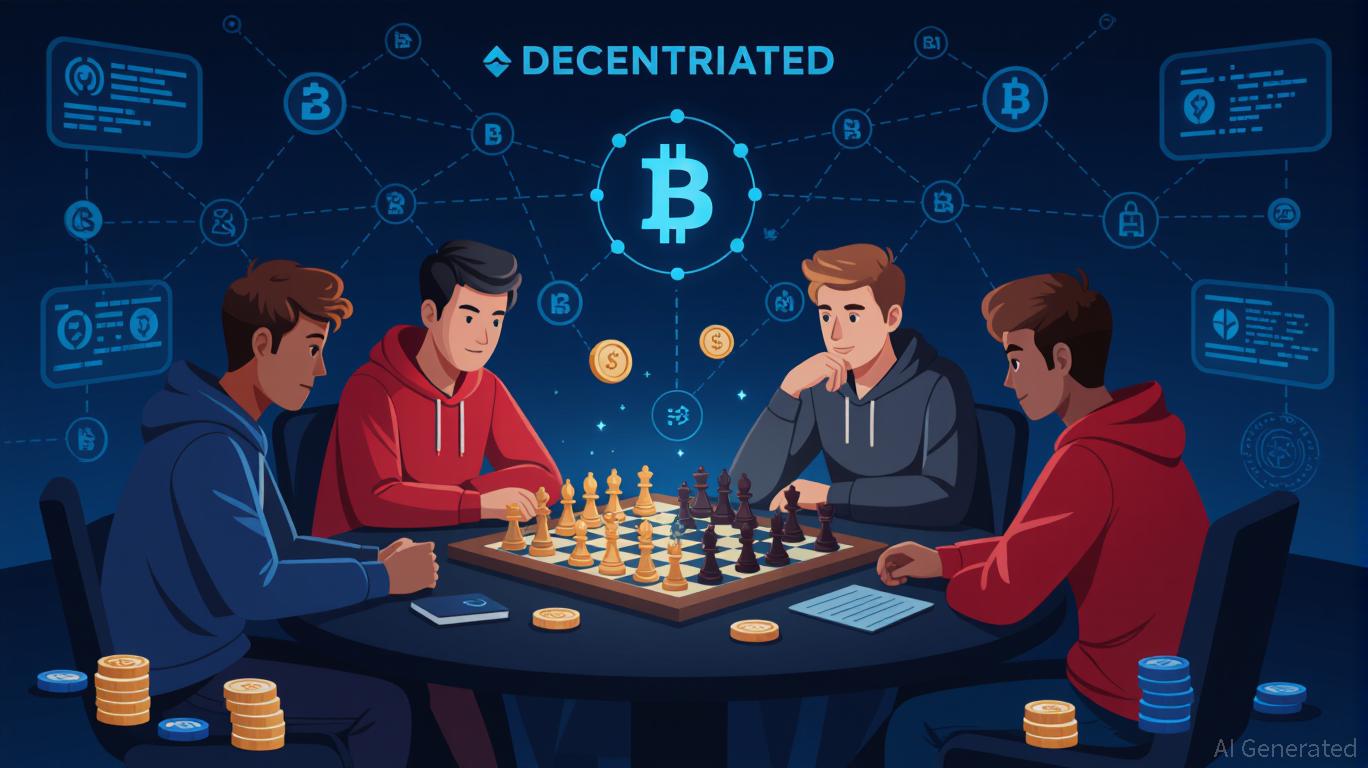The Circle Finastra USDC integration enables banks to settle cross-border payments using USDC on Finastra’s Global PAYplus, reducing settlement times and costs while increasing transparency and liquidity for international transactions.
-
Circle and Finastra integrate USDC for bank settlements
-
Partnership aims to speed cross-border payments and cut costs for banks
-
Finastra’s Global PAYplus processes ~$5 trillion daily; USDC could lower settlement friction
USDC cross-border payments: Circle Finastra USDC integration speeds bank settlements and lowers costs. Read how banks can adopt USDC with COINOTAG’s analysis.
What is the Circle and Finastra USDC integration?
Circle Finastra USDC integration is a partnership to enable USDC stablecoin settlement within Finastra’s cross-border payment platforms, letting banks settle transactions faster and more transparently. The integration connects blockchain-native settlement rails with Finastra’s existing banking infrastructure to reduce latency and reconciliation costs.
How will USDC change cross-border payments for banks?
This integration will allow banks to execute near-instant settlements and minimize nostro/vostro liquidity requirements. Finastra’s Global PAYplus, which processes an estimated $5 trillion daily, could use USDC to cut intermediaries and lower FX settlement windows, improving working capital efficiency for correspondent banks.
Why are banks adopting USDC for settlements?
Banks adopt USDC to gain predictable, programmable settlement finality and lower counterparty risk. Stablecoins such as USDC offer traceable on-chain records and can reduce the need for multiple correspondent banks in cross-border flows, which historically add time and fees to transactions.
Who is leading the initiative and what did they say?
Circle is led by Jeremy Allaire, who highlighted institutional adoption efforts. Finastra’s leadership, including CEO Chris Walters, supports testing blockchain settlement models. Source: Circle announcement and Finastra statements (plain text).
Frequently Asked Questions
How does USDC settlement work on Finastra’s platform?
USDC settlement uses blockchain ledger entries to record final transfers between institutional wallets, reducing the need for bank-to-bank nostro accounts. Transactions settle near-instantly once on-chain confirmations meet the platform’s risk parameters.
Will this affect transaction costs for international payments?
Yes. Using USDC can lower intermediated fees and shorten settlement cycles, which reduces carrying costs and reconciliation effort for banks, potentially translating into lower fees for end customers.
How can banks pilot USDC settlement?
Steps for banks to pilot USDC settlement are practical and sequential.
- Assess regulatory and compliance framework for stablecoin settlement in relevant jurisdictions.
- Set up institutional wallets and custody arrangements that meet bank policies.
- Run controlled test transactions on Finastra’s sandbox with USDC rails and monitor reconciliation.
- Measure liquidity improvements and settlement speed versus legacy flows.
- Scale to production after controls and settlement finality checks pass.
Key Takeaways
- Faster settlements: USDC enables near-instant finality versus multi-day correspondent flows.
- Lower costs: Reduced intermediaries and reconciliation can cut transaction costs.
- Operational impact: Banks must update custody, compliance, and risk frameworks to adopt USDC.
Conclusion
The Circle Finastra USDC integration combines blockchain settlement rails with established banking infrastructure, aiming to speed cross-border payments and reduce costs. COINOTAG will monitor implementation, regulatory responses, and liquidity impacts as banks pilot USDC in production environments. For ongoing coverage, see COINOTAG’s updates.




